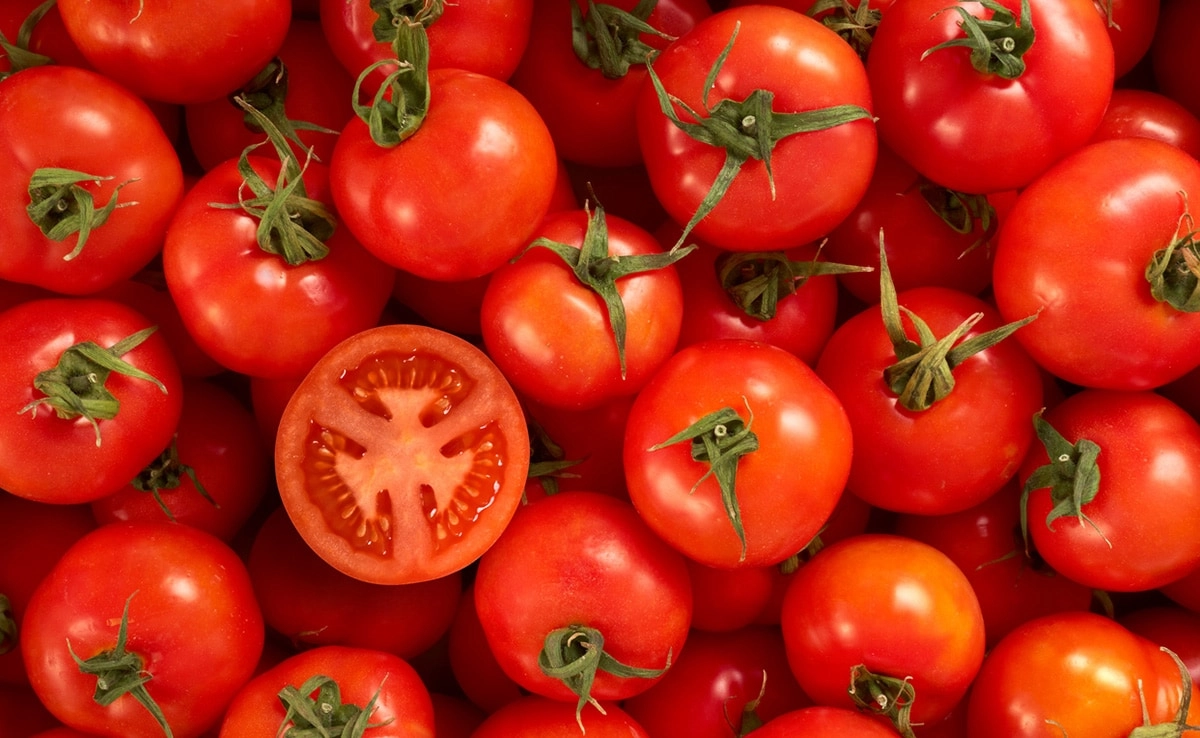When it comes to tomatoes, the debate between desi and hybrid varieties is a topic of considerable interest among gardeners, farmers, and consumers alike. Desi tomatoes, often referred to as traditional or heirloom varieties, are cultivated using methods that have been passed down through generations. These tomatoes are typically grown in local climates and are known for their unique flavors, textures, and resilience to local pests and diseases. They are favored for their rich taste and nutritional benefits, often containing higher levels of vitamins and antioxidants compared to some hybrid varieties. Moreover, desi tomatoes are often open-pollinated, meaning they can be saved and replanted year after year, promoting agricultural biodiversity.
On the other hand, hybrid tomatoes are the result of controlled pollination between two different parent plants, aimed at producing specific desirable traits such as higher yield, uniformity, and resistance to diseases. These varieties are often bred to thrive in diverse environmental conditions, making them a popular choice for commercial growers. Hybrid tomatoes tend to have a longer shelf life and are more consistent in size and shape, which makes them ideal for the supermarket shelves. However, one of the downsides is that seeds from hybrid varieties typically do not produce plants that are true to type, meaning farmers need to purchase new seeds each season, which can lead to increased costs and reduced seed diversity over time.
In terms of flavor, many connoisseurs argue that desi tomatoes have a superior taste profile compared to hybrids, often citing their sweetness and depth of flavor. This can be especially important for culinary applications where flavor is paramount. However, hybrids have been engineered for specific characteristics, and some consumers do appreciate the consistency and reliability they offer. Ultimately, the choice between desi and hybrid tomatoes often comes down to personal preference, intended use, and the specific growing conditions in a given region. As the global food landscape continues to evolve, the importance of understanding these differences becomes increasingly vital for promoting sustainable agricultural practices and ensuring food security.
In conclusion, both desi and hybrid tomatoes have their unique advantages and disadvantages, catering to different segments of the market. While desi tomatoes celebrate tradition and biodiversity, hybrid varieties represent innovation and efficiency in modern agriculture. Understanding these key differences not only helps consumers make informed choices but also encourages a broader conversation about the future of food production and the importance of preserving heirloom varieties in the face of industrial agriculture. As we navigate these complexities, it is crucial to appreciate the role each type of tomato plays in our diets and agricultural systems.




